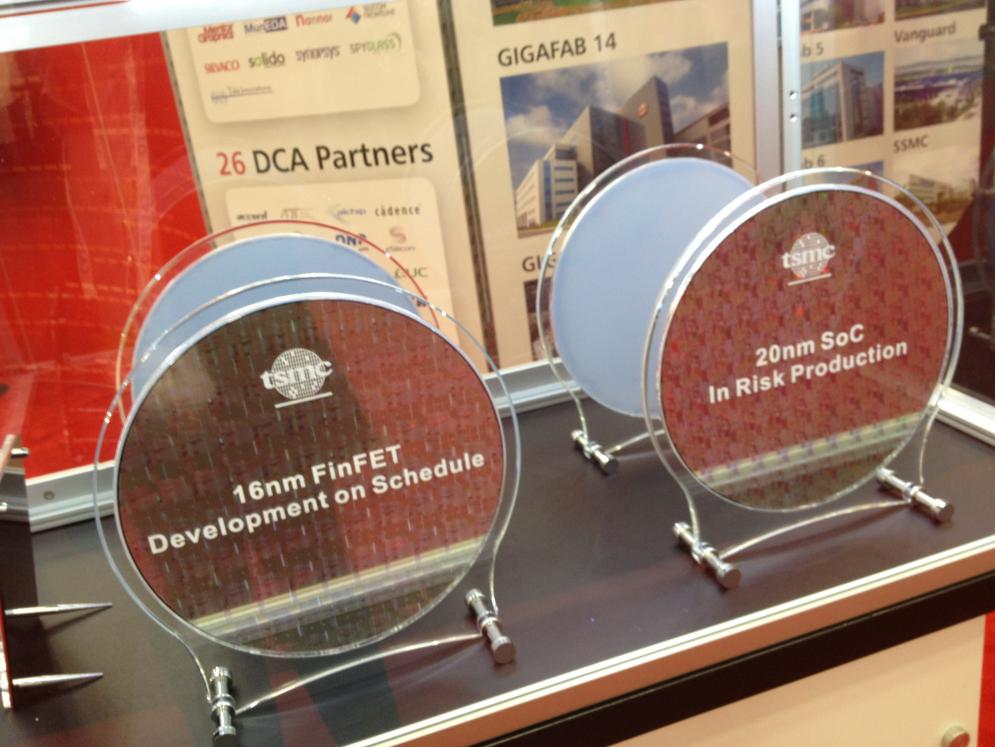
During my trip to Taiwan I hopped on over to Hong Kong for a speaking engagement. One of the things I do as an “Internationally Recognized Industry Expert” is help the financial world understand the semiconductor landscape as it pertains to SoCs and mobile devices. Usually I do this over the phone or in writing but I prefer to do it in person whenever possible. Nothing compares to the human connection with eye contact and a firm handshake. The Q&A part is my favorite since I get to ask questions too.
I generally start with a brief history of the fabless semiconductor industry then talk about specific technologies in use today, the major players in the market, and where I see them going forward. The examples I use are from my work with the top fabless semiconductor companies, the foundries, and the design enablement ecosystem (EDA and IP). That takes about 45 minutes I then open it up for questions. The big question is what will happen to the semiconductor landscape in the coming years? For me, the “coming years” means the coming semiconductor process nodes, 20nm, 16nm, and 10nm.
Mobile devices will continue to drive the semiconductor industry into the foreseeable future, no surprise there. 28nm was a bit of a shocker when TSMC was the only semiconductor manufacturer to yield which resulted in an unheard of > 90% market share. This caused shortages and the highest wafer margins we will probably ever see. Critics blame TSMC for the 28nm shortage but let’s face facts, the other foundries did not yield as forecasted and TSMC did not build capacity for > 90% market share.
20nm will be a half node since 16/14nm (20nm with FinFET transistors) is only one year behind. FinFETs offer significant power savings so the mobile people will be FinFETing as fast as they can. The high performance companies will probably skip 16nm to focus on 10nm which will arrive two years later. If you are betting against these dates be sure and hedge those bets because you will lose. The fabless semiconductor ecosystem is a force of nature, there is no stopping it now.
As it stands today there will be (6) foundries manufacturing FinFETS: Intel, Samsung, TSMC, GLOBALFOUNDRIES, UMC, and SMIC. If they all yield, which is a big IF, there will be a serious glut of FinFET wafers on the market. Even if only Intel, Samsung, and TSMC yield, which is NOT a big if, there will be a wafer glut. A softening global economy will put even more pressure on wafer pricing.
So what happens next? A price war of course, a price war of epic proportions, a game changing price war that will benefit the mobile market and the fabless semiconductor ecosystem but will change the foundry landscape for sure. Who will win the price war? Samsung of course. Samsung is no stranger to wafer dumping, which is how they dominated the DRAM market. Samsung is dominating the mobile market in the same manner, by flooding it with product. Samsung’s goal is to be the #1 semiconductor company and I honestly believe they will be.
Let’s not forget Intel was once a dominant player in the memory market. Unfortunately increased manufacturing competition from Asia dramatically reduced margins. As the story goes, Intel’s Andy Grove and Gordon Moore are talking about a board meeting the next day. “What do you think would happen if they fire us?” Grove said. “They’ll hire someone who’ll get us out of memories” Moore replied. “So why don’t we walk out of that door, come back in and do that ourselves.” And they did.
I cannot think of a more exciting time in the history of semiconductors. TSMC creating the fabless semiconductor ecosystem 25 years ago was exciting but FinFETs and the plethora of low cost mobile devices that are coming ranks right up there!
lang: en_US
Share this post via:







Comments
0 Replies to “The Future of Mobile Semiconductor Devices”
You must register or log in to view/post comments.